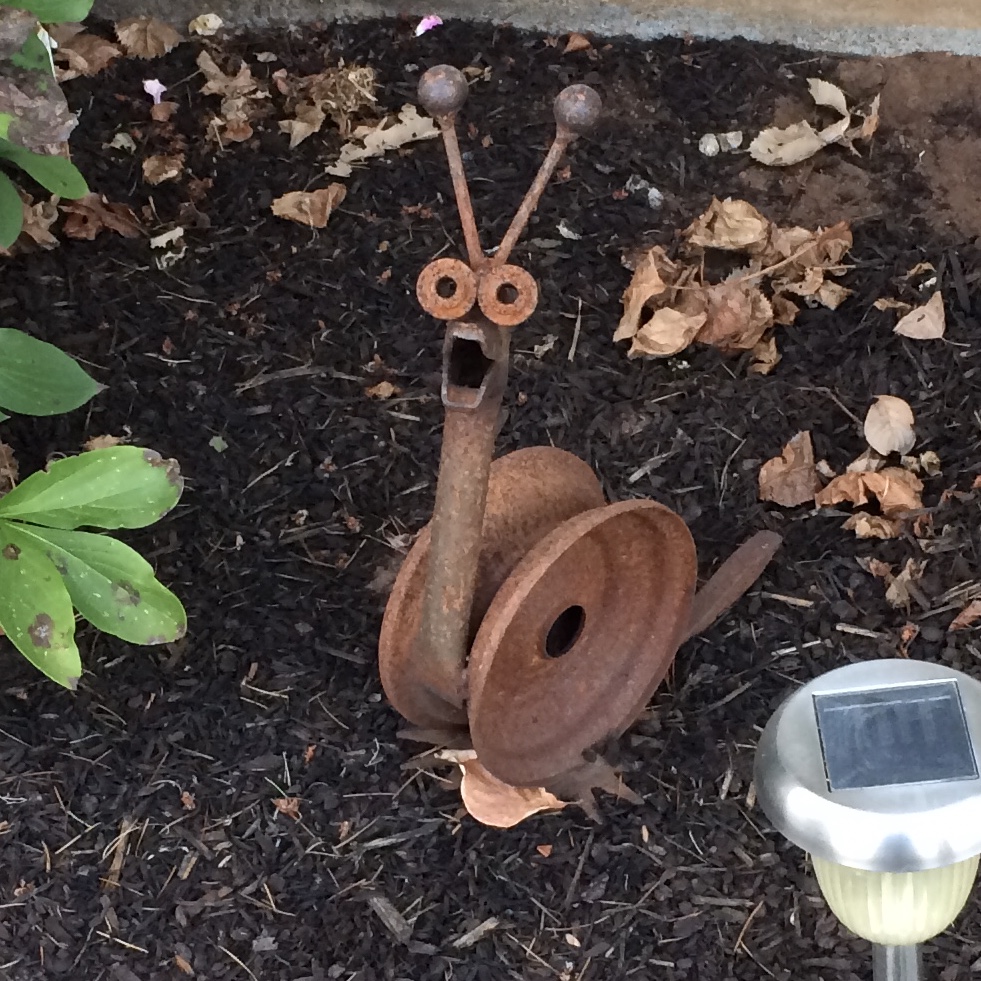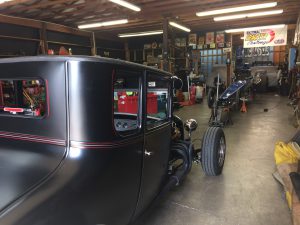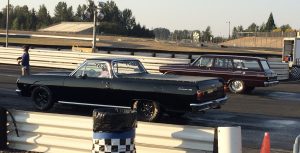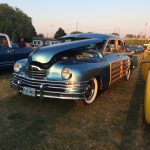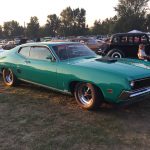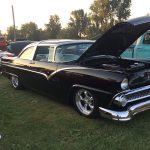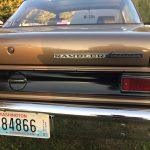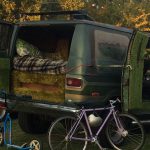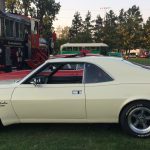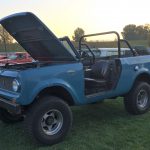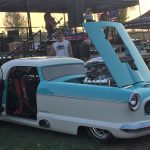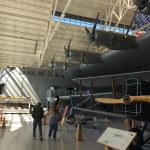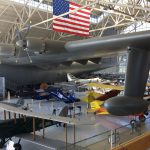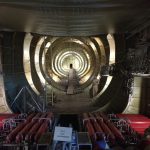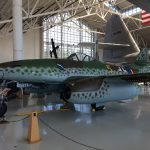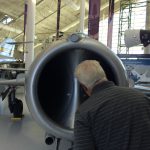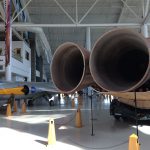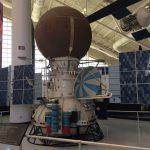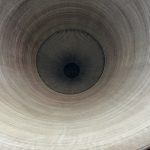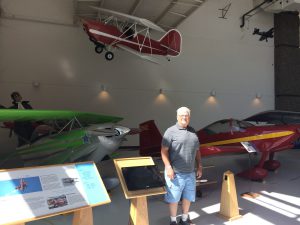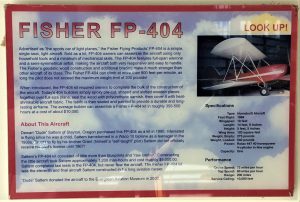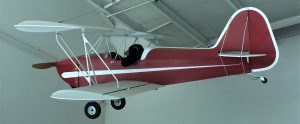Out of the Danger Zone
If I’ve learned one thing in my time on the road, it is that it’s always good to have a prearranged hole to hide in when the civilians flood the parks. On weekends you can usually get by with a reservation made a bit in advance, but with holidays the demand is higher and even the private RV parks fill up a month or more prior. Three day weekends without a specific holiday focus are the worst, and the opening and closing bells of summer, Memorial and Labor Days lead the list of high traffic camping weekends.
Being a crafty sort, I had a scheme for dealing with the situation: pull a Cousin Eddie and squat in a friend’s driveway. I had a list of folks to connect with in the Portland/Vancouver area, and one was my old pal Dave. He owned a semi-rural property in Camas and managed to convince his wife that having a homeless guy living out in the yard for a week wouldn’t be as bad as it sounded, so I was in like Flint to avoid the Labor Day mob scene.
In addition to the hospitality of a free campsite, Dave has a fine shop with every tool imaginable as a retired machinist. He repaired a broken wheel on my generator where the axle had snapped in professional fashion. (I would have probably jerry-rigged a skid with a couple zip ties and a block of wood.) Dave & Linda were also kind enough to invite me along to the track to watch them run one of their collection of drag cars.
There was a Cruise-In car show going on next to the drag strip at the same time, so I walked over to check that out and get out of the way while they prepped the wagon. The focus of the show was Corvairs, but there were some other interesting cars that caught my eye. I’m always drawn to the stuff just a little outside the mainstream.
Track Day with Dave & Linda
While I was in the area I visited with cousins Nancy & Harve in Portland, and high school girlfriend Denise in Vancouver. I also picked up my mail Patty had forwarded and a folding bicycle I’d had delivered to Dave’s house, got my trailer flat fixed and groceries restocked. I’d planned a visit with grade school buddy Erik, but somehow missed the memo that he had moved up to Seattle since my last visit. Doh! I’ll have to do that on my way to Alaska next year.
Yet Another Boom to Bust Story
Before I left, Dave and I took a day trip down to McMinnville Oregon to see the Evergreen Aviation and Space Museum. The place is most known as the home of the Spruce Goose, Howard Hughes’ famous gigantic wooden flying boat. Much has been written about the eccentric millionaire and his $23 million plane that only flew once. But the museum itself has a couple other interesting stories associated with it, one of worldwide intrigue and the other highly personal.
Evergreen Aviation & Space Museum
The Evergreen Museum is everything the Tillamook Air Museum down the road is not. Brightly lit and polished, complete with an IMAX theatre and Smithsonian affiliation, Evergreen has the feel of a state of the art facility. (More about Tillamook in my next post). Just driving up to the place is impressive: there’s a branded 747 on the roof of one building, and an array of jets parked around another. In addition to their crown jewel, the Spruce Goose, Evergreen has quite a few other big time attractions for the enthusiast, including an SR-71 Blackbird, Titan II missile and a nice collection of MiGs from the USSR.
But look beyond the headline exhibits and you’ll notice a few frayed edges. Dave was disappointed that two collections he had seen before were missing. Evergreen once owned one of the world’s most extensive collections of machine guns. The display cases were still there, complete with labels, but they were empty and shoved off in a side gallery. A selection of Soviet tanks used to be on display out behind the air museum, but they were gone as well. The modest collection of WWII aircraft had been thinned to just a few planes, and most of what remained were trainers and rescue birds; the more popular fighters and bombers were mentioned occasionally on display and older brochures, but had vanished from the museum.
So what had happened? I looked for the oldest docent I could find and asked him. As I suspected, he knew the scoop, or at least part of it. It seems that the museum was originally funded by Evergreen Aviation, and that company went broke. After unsuccessful attempts at restructuring, they filed for Chapter 7 bankruptcy and dissolved in 2013. The museum was spun off as a separate non-profit entity, but to stay afloat they were forced to liquidate a portion of their holdings. The pieces not part of the core collection like the guns and armor were sold off to other museums and private collectors.
The Untold Story
Something about the whole thing didn’t pass the smell test for me. Why would anyone choose this rural location to build a major museum? Where did the enormous funds come from to transport a wooden plane with a 320 foot wingspan from Long Beach, strip the paint off every inch and then restore and reassemble it?
It took a fair amount of research to ferret out the backstory. Nothing is certain since it involves spies and secret government agencies engaging in illegal activities, but here’s the gist of it: Evergreen Aviation was a front for the CIA.
The founder of Evergreen was a hustler named Del Smith who loved planes, but washed out of the Air Force pilot program because he was color blind. He might not have had the right stuff for NASA, but he was the perfect man to head a privately held aviation company to handle false flag operations for the shadier sections of the CIA and DEA. The McMinnville, Oregon operation was the legitimate front, while Evergreen’s secretive high security facility near Tuscon, Arizona was the hub for moving guns, drugs and dictators around the world as the black bag bosses ordered. For Del, this gave him access to huge amounts of cash which he poured into his aviation hobby back in Oregon. First came the museum, then an even more implausible project: an indoor waterpark with slides starting from inside a 747 parked on the roof.
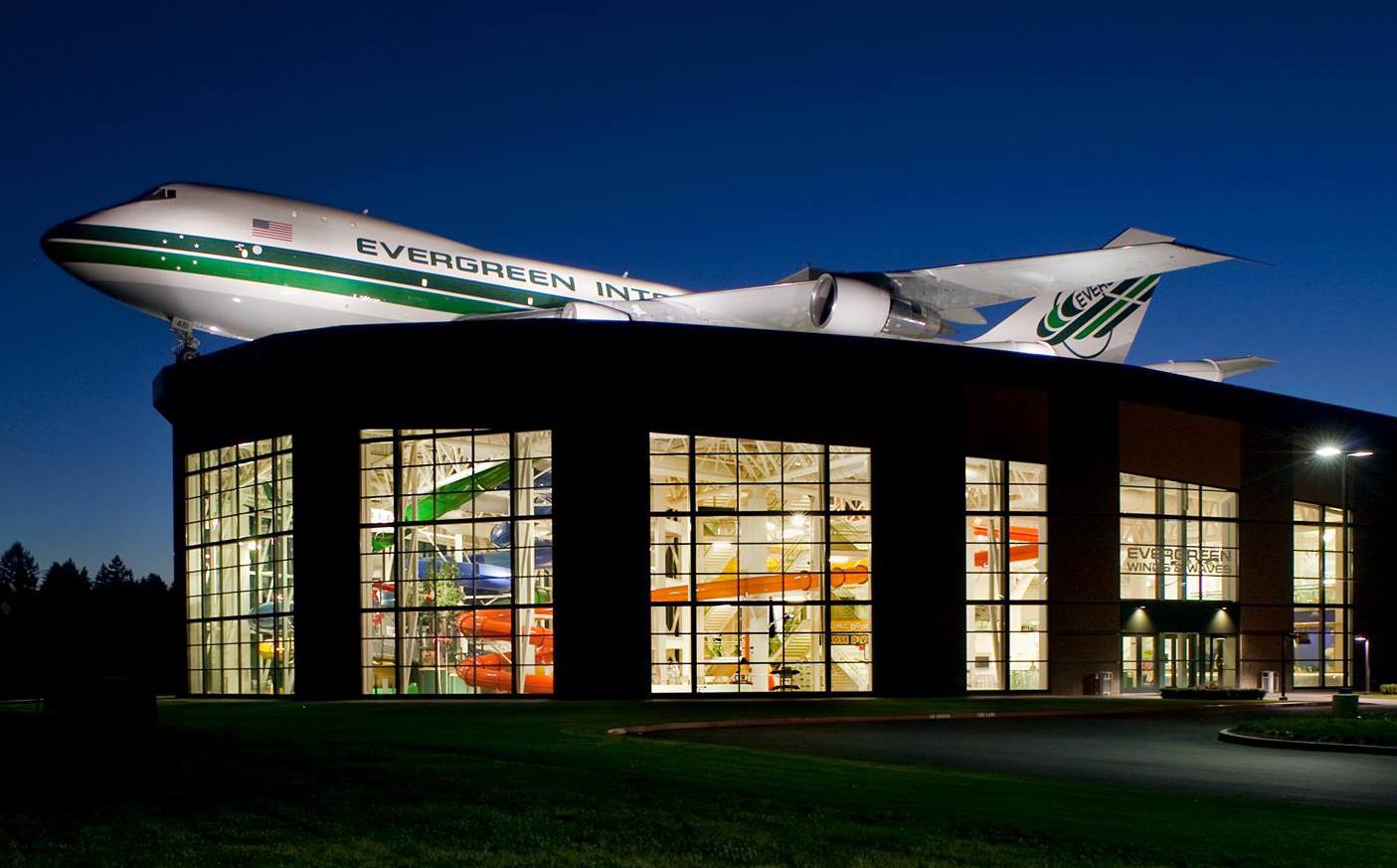
Image courtesy of SquadronPosters.com
But while international gun running and drug dealing are extremely lucrative, it eventually gets noticed by the other guys in world government who take a dim view of such things. Of course the CIA anticipates this when they set up outfits like Everygreen; they are highly leveraged and only stay afloat by dipping into the stream of illicit cash they are laundering. When the white hats start getting too close to the truth the black hats simply turn off the cash pump, without which the front company can’t service their debt.
And so Evergreen declares bankruptcy, the useful assets are bought cheap by the next shell company and the Air America propellers keep on turning. The creditors are left holding the empty money bag and the investigators find nothing left to investigate except a museum with an unusually extensive collection of automatic weapons.
And Now for the Happy Ending
Thankfully, out of even the darkest of tales comes a bit of good, like the great National Park lodges built during the Depression or man landing on the moon because of the Cold War. In the case of Evergreen Aviation, the legacy is a fine museum that the people can enjoy for generations. And while some of the more exotic exhibits had to be sold to pay off debt, it opens up room to spotlight some smaller, and in one case much more personal, parts of the museum’s collection.
Dave’s father was a gunsmith and old school barnstormer. If you wanted the action repaired on your World War One Mauser or an airplane built out of a lawnmower engine, you called Dude. In his later years, Dude’s interest turned to experimental ultralights, and he built several. He donated his last plane to the Evergreen Aviation Museum a year before he died, and it is still on display. It was an honor to have the opportunity to take a photo of Dave beneath his dad’s plane and really enjoyable to experience a connection to a museum piece on such a personal level. Good stuff.
